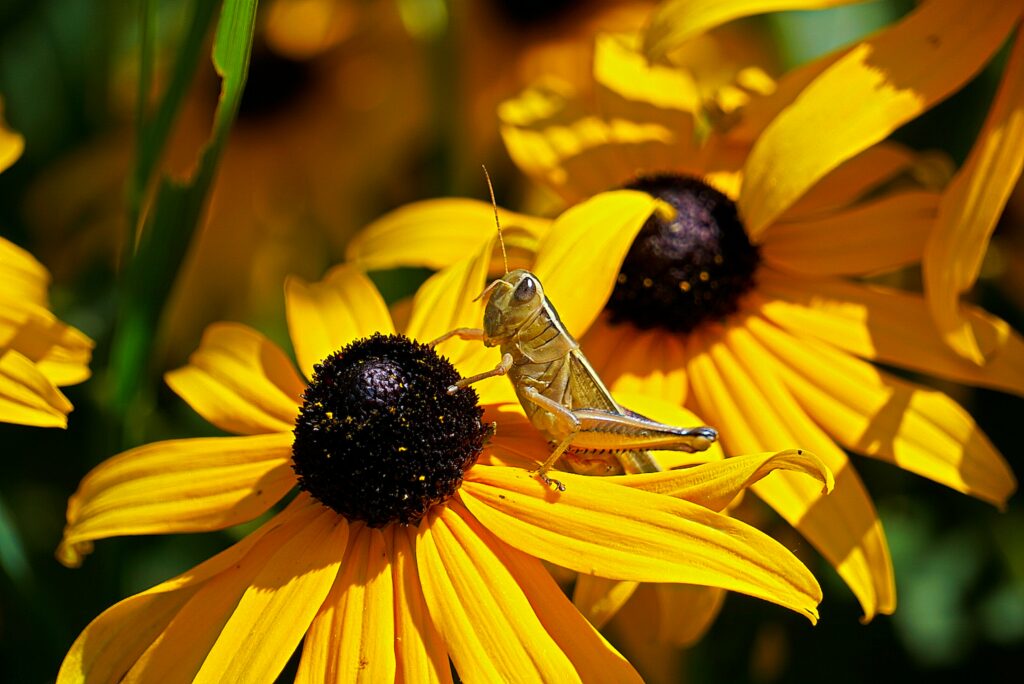When we think of pollinators, honeybees typically buzz to mind first. These industrious insects have become the poster children for pollination, but they represent just one thread in a complex tapestry of pollinating species that sustain our planet’s ecosystems. From fluttering butterflies and darting hummingbirds to silent beetles and nocturnal bats, a diverse army of creatures works tirelessly to ensure that flowering plants reproduce. Nearly 90% of flowering plant species rely on animal pollinators for reproduction, creating a foundation that supports entire ecosystems and provides essential resources for wildlife and humans alike. In this exploration, we’ll venture beyond the honeybee to discover the remarkable diversity of pollinators and their irreplaceable contributions to environmental health and biodiversity.
The Overlooked Diversity of Pollinators

While honeybees receive most of the attention in discussions about pollination, they represent just one species among an estimated 200,000 animal pollinators worldwide. This diverse group includes approximately 20,000 bee species, thousands of butterfly and moth species, hundreds of bird and bat species, and countless flies, beetles, wasps, and even some reptiles and mammals. Each pollinator has evolved unique adaptations that make them especially effective at pollinating specific plant species, creating intricate relationships that have developed over millions of years of coevolution. In many ecosystems, native pollinators like solitary bees, bumblebees, and hoverflies are actually more efficient pollinators than honeybees for certain plant species. This diversity creates ecological resilience, as different pollinators become active under varying conditions and seasons, ensuring continuous pollination services throughout the year.
Butterflies: The Colorful Long-Distance Travelers
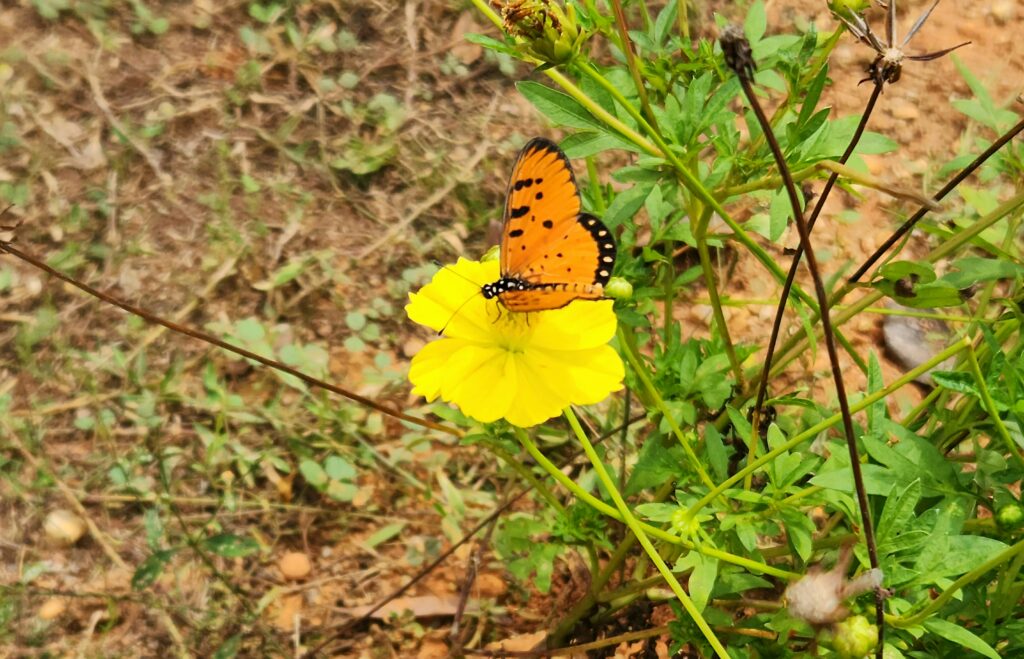
Butterflies serve as both beautiful ambassadors for conservation and important pollinators in their own right, with distinctive pollination behaviors that complement those of bees. With their long, straw-like proboscis, butterflies can access nectar in deep tubular flowers that remain inaccessible to many other insects, making them specialized pollinators for certain plant species. Unlike bees that can carry pollen in specialized structures, butterflies transport pollen that adheres to their legs and bodies as they move between flowers, creating a different but effective pollination mechanism. Many butterfly species, particularly monarchs, undertake remarkable migrations spanning thousands of miles, facilitating long-distance pollen transfer that connects plant populations across vast geographic areas. Beyond their ecological role, butterflies serve as sensitive environmental indicators, with their presence or absence providing valuable information about habitat quality and environmental health.
Moths: The Night Shift Pollinators

Moths represent an often-overlooked yet crucially important group of pollinators that primarily operate during evening and nighttime hours when most bees have returned to their hives. With over 160,000 species worldwide (compared to approximately 17,500 butterfly species), moths vastly outnumber butterflies and provide pollination services to many plants that have evolved to bloom specifically at night. These nocturnal flowers typically have pale or white coloration to stand out in darkness, strong fragrances to attract moths from a distance, and abundant nectar to reward their nighttime visitors. Some plant species, such as the iconic yucca plant, have such specialized relationships with specific moth species that neither can reproduce without the other—a classic example of obligate mutualism. The dramatic hawk moths, with their rapid wing beats and hovering abilities that resemble hummingbirds, are especially efficient pollinators that can visit hundreds of flowers in a single night.
Beetles: The Ancient Pollinators

Beetles represent some of Earth’s oldest pollinators, with fossil evidence suggesting they were among the first insects to pollinate early flowering plants over 100 million years ago. With over 400,000 known species, beetles constitute the largest group of insects on Earth and continue to serve as important pollinators for many ancient flowering plant families like magnolias and water lilies. Unlike bees that actively collect pollen, beetles typically practice “mess and soil” pollination—they eat parts of the flower including some pollen, and transfer other pollen grains on their bodies as they move between blossoms. Plants pollinated by beetles often have strong fruity or spicy scents, bowl-shaped flowers that provide easy landing platforms, and exposed reproductive structures that facilitate pollen transfer during the beetles’ somewhat clumsy movements. Some beetle-pollinated flowers even generate heat through a process called thermogenesis, which helps volatilize attractive scents and provides warmth that attracts cold-blooded beetle pollinators.
Flies: The Underestimated Pollinators
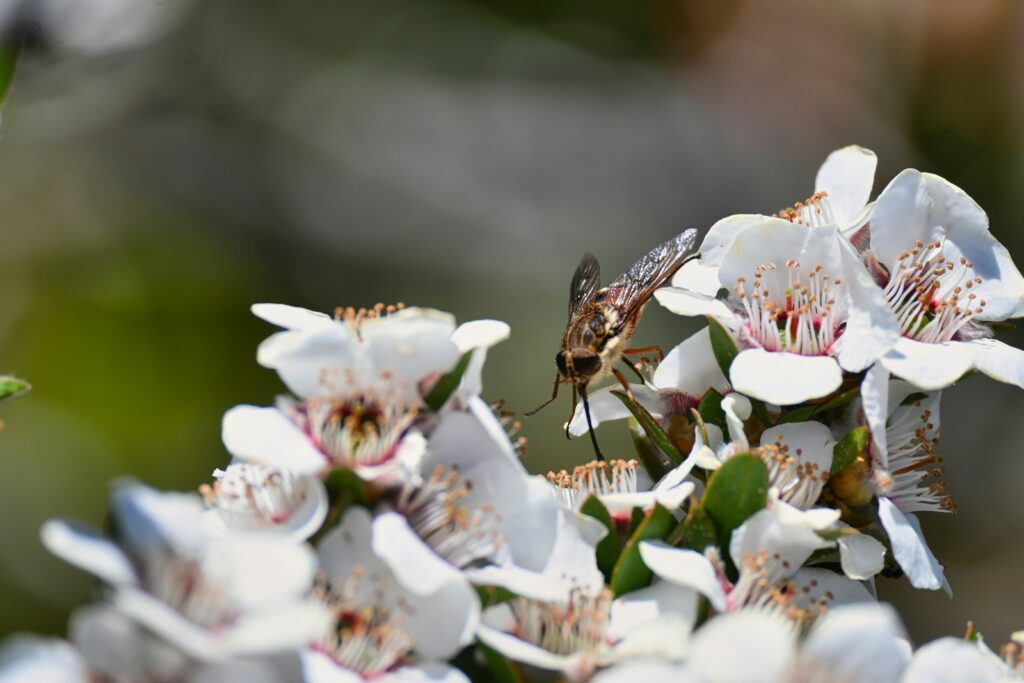
Flies represent a surprisingly important and diverse group of pollinators, with some researchers estimating they may be second only to bees in their global pollination contributions. Particularly in high-altitude and high-latitude environments where bees become less common, flies often emerge as the dominant pollinators, efficiently functioning in cool, wet conditions that would ground most bees. Certain fly families, especially hover flies (Syrphidae), have evolved remarkable bee and wasp mimicry not only for predator protection but also because it makes them effective pollinators with their hairy bodies that readily collect and transfer pollen. Some plants, particularly those in the Stapelia genus and relatives of the corpse flower, have evolved to produce putrid scents resembling rotting meat specifically to attract carrion flies as pollinators. In agricultural settings, flies contribute significantly to the pollination of many crops including onions, carrots, chocolate, mangoes, and cashews, providing economic services worth billions of dollars annually.
Bats: The Tropical Night Pollinators
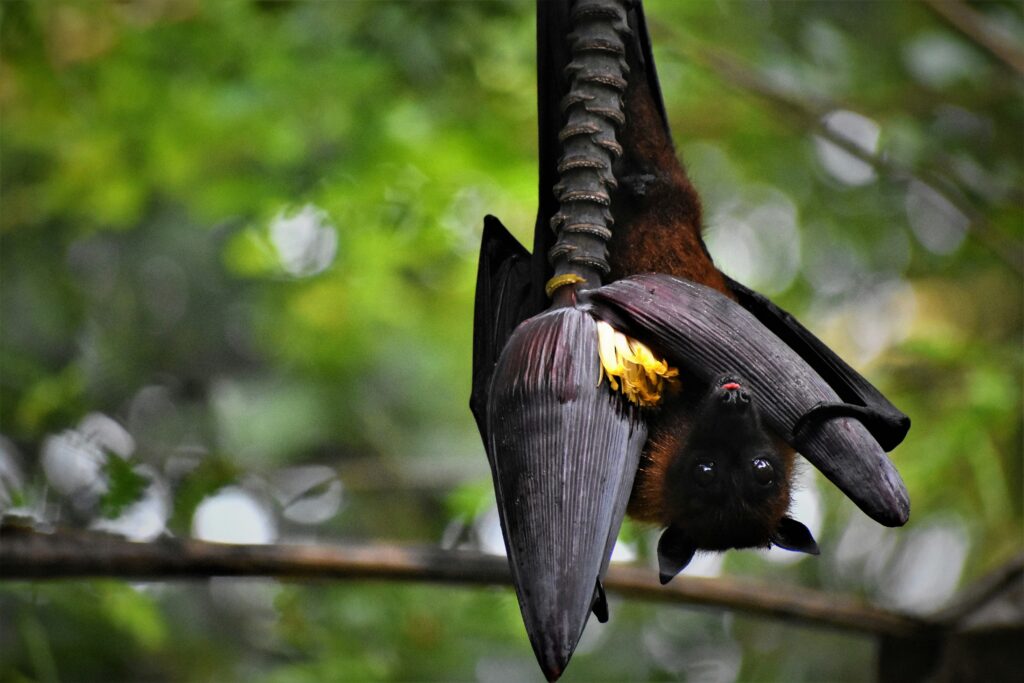
Bats serve as essential pollinators for over 500 plant species worldwide, including many economically and ecologically important tropical and desert plants. These nocturnal mammals are equipped with specialized adaptations for pollination, including elongated snouts and tongues in nectar-feeding species that can extend deep into flowers to reach nectar rewards. Bat-pollinated flowers display distinctive characteristics: they typically open at night, feature sturdy structures that can withstand visits from these relatively large pollinators, emit strong musky or fruity scents detectable to bats’ sensitive noses, and often grow on exposed branches or directly on tree trunks where flying bats can easily access them. In the Americas, long-nosed and long-tongued bats are vital pollinators for iconic plants including agaves (used to produce tequila), saguaro and organ pipe cacti, and numerous tropical fruit species. A single nectar bat can visit thousands of flowers in a night, carrying pollen over long distances between plants and maintaining genetic connectivity across fragmented landscapes.
Birds: The Daytime Aerial Specialists
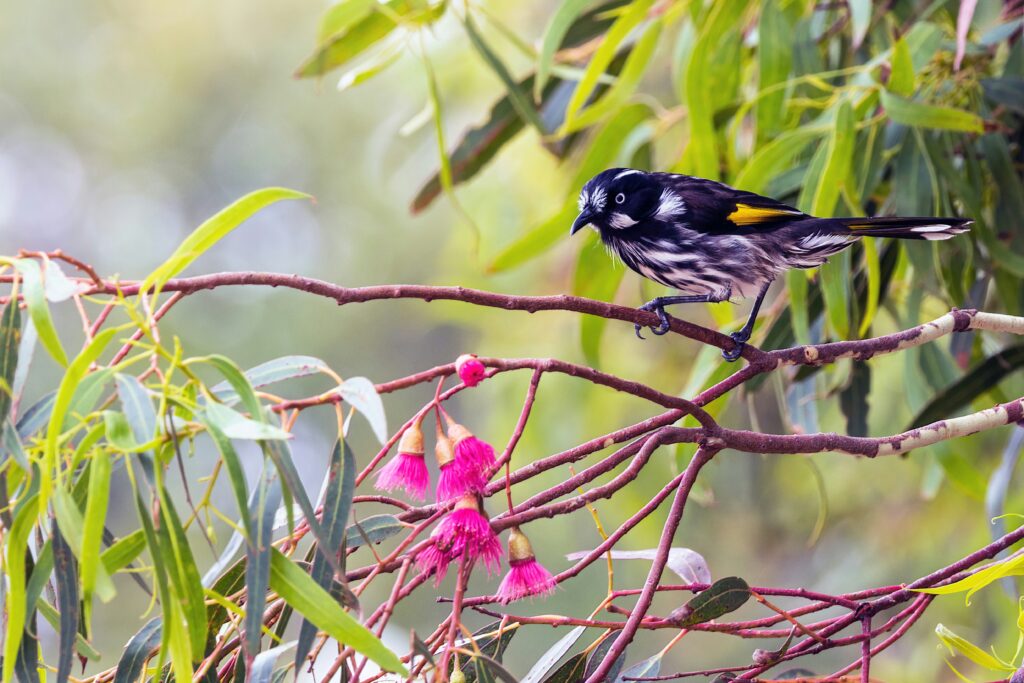
Approximately 2,000 bird species worldwide participate in pollination, with hummingbirds in the Americas, sunbirds in Africa and Asia, and honeyeaters in Australia representing the primary avian pollinators. These specialized nectarivorous birds possess remarkably adapted bills and tongues that allow them to extract nectar from deep within flowers while inadvertently collecting pollen on their heads and beaks. Bird-pollinated flowers, termed ornithophilous flowers, share distinctive characteristics that reflect their avian pollination strategy—they typically produce copious dilute nectar, lack strong scents (as birds have a poor sense of smell), feature sturdy structures to support perching or hovering visitors, and often display bright red, orange, or yellow colors that birds can readily perceive. Hummingbirds, with their incredible hovering ability and high energy requirements, may visit over 1,000 flowers daily, making them extraordinarily efficient pollinators capable of transferring pollen across substantial distances. Unlike insect pollinators, birds remain active during light rain and cooler temperatures, providing reliable pollination services under conditions that would limit bee activity.
Reptiles and Small Mammals: The Unexpected Pollinators
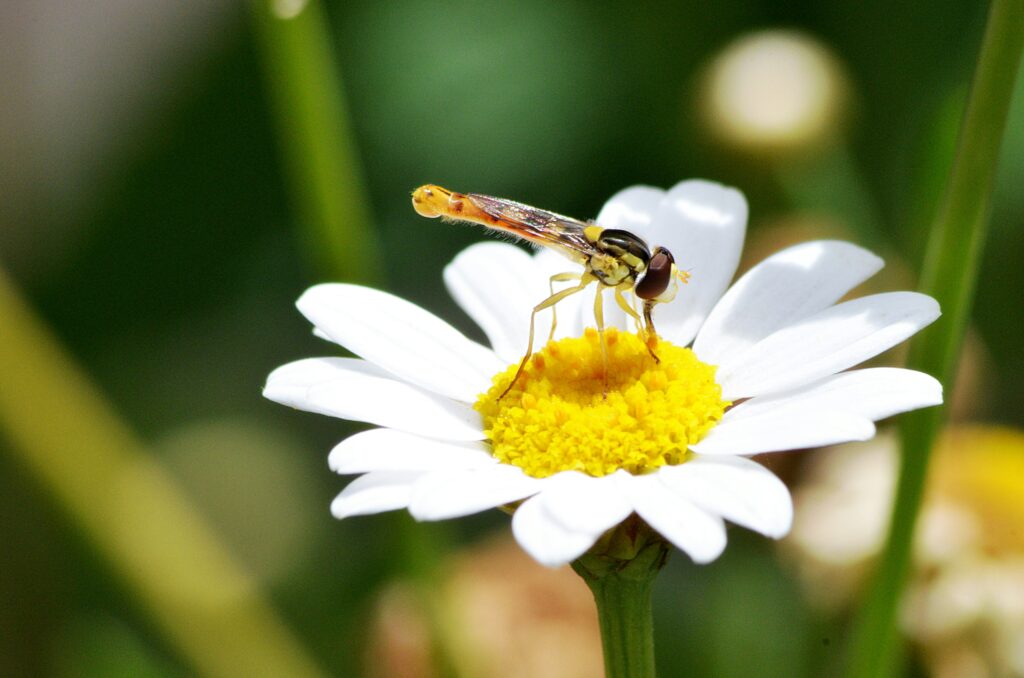
While less common than insects or birds, certain reptiles and small mammals contribute to the global pollination network in specialized ecological niches. Some lizard species, particularly geckos in island ecosystems where insect pollinators may be scarce, regularly visit flowers for nectar and inadvertently transfer pollen in the process. In New Zealand, skinks and geckos pollinate several native plant species with low-growing flowers accessible to these ground-dwelling reptiles. Among mammals, various small, arboreal species including possums, lemurs, rodents, and small primates serve as pollinators, particularly in tropical forests where they visit large, sturdy flowers with abundant nectar rewards. The honey possum of Australia represents one of the most specialized mammalian pollinators, with a diet consisting almost exclusively of nectar and pollen from banksia, grevillea, and other native plants. These vertebrate pollinators often create unique selection pressures on plants, leading to distinctive floral characteristics such as robust structures, night-blooming habits, or strong sweet scents that differ from those targeting insect pollinators.
Native Bees: Beyond the Honeybee
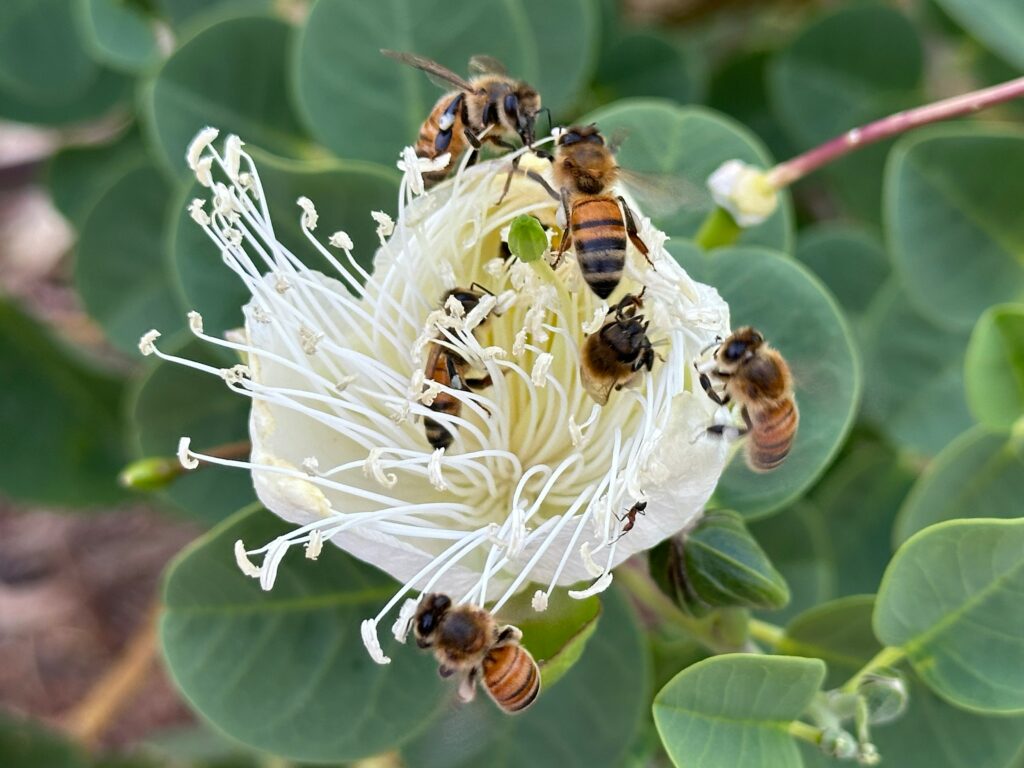
When expanding beyond honeybees, the astounding diversity of native bee species reveals specialized pollination relationships that maintain ecosystem health in ways European honeybees cannot replicate. North America alone hosts approximately 4,000 native bee species, ranging from tiny sweat bees barely 3mm long to large carpenter bees and bumblebees, each with unique nesting habits, seasonal emergence patterns, and floral preferences. Many native bees have evolved alongside specific plant families, developing specialized physical adaptations like precisely sized bodies that fit particular flowers, uniquely shaped mouthparts for accessing specific nectar sources, or specialized pollen-collecting structures that efficiently harvest pollen from their preferred plant partners. Unlike honeybees, approximately 70% of native bee species nest underground rather than in hives, while others utilize hollow plant stems, wood tunnels, or self-excavated cavities, creating habitat requirements fundamentally different from managed honeybee colonies. Research consistently demonstrates that diverse native bee communities provide more effective and resilient pollination services than honeybees alone, with studies showing that wild bee visits significantly increase fruit set even in the presence of abundant honeybees.
Ecological Consequences of Pollinator Decline
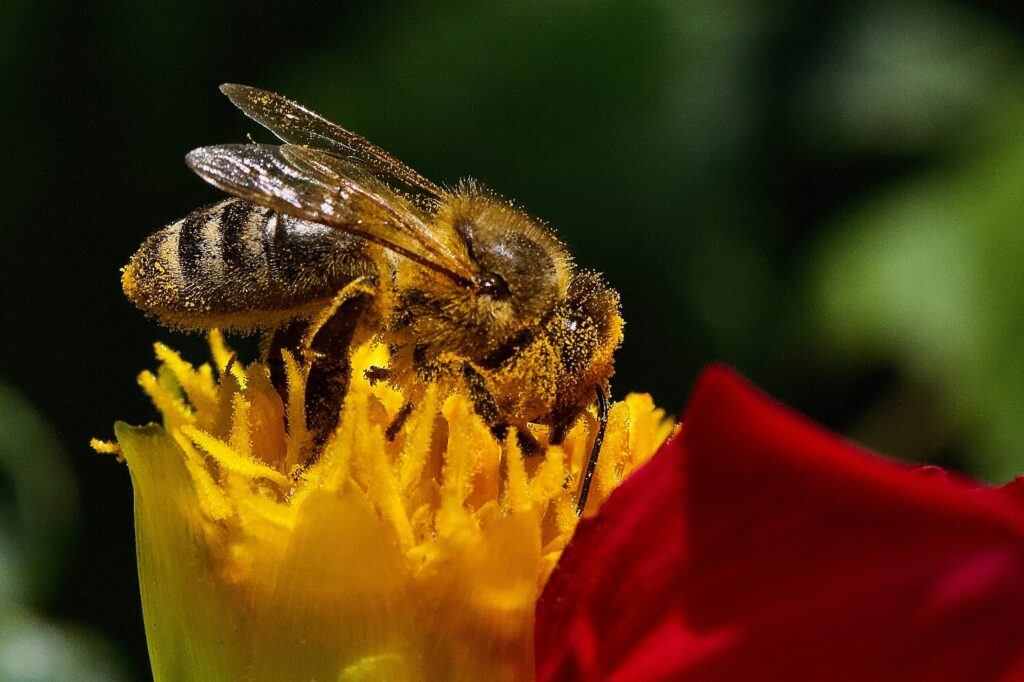
The ongoing decline of pollinator populations threatens far more than just our food production systems—it risks unraveling entire ecological networks with cascading consequences throughout natural communities. When pollinator populations diminish, plant reproduction suffers first, leading to reduced seed production, decreased genetic diversity, and eventually declining plant populations, particularly for species that cannot self-pollinate or rely on wind pollination. This plant decline subsequently affects the countless organisms that depend on those plants for food, shelter, and nesting sites, from herbivorous insects to fruit-eating birds and seed-dispersing mammals. The timing disruptions are equally concerning, as climate change may create mismatches between when plants flower and when their specialized pollinators emerge, particularly affecting precisely co-evolved relationships that have developed over evolutionary time. Research indicates that areas experiencing severe pollinator losses show measurable decreases in plant diversity over time, with cascading effects on ecosystem stability, resilience to environmental stresses, and the provision of ecosystem services beyond just pollination.
Economic Value Beyond Agriculture
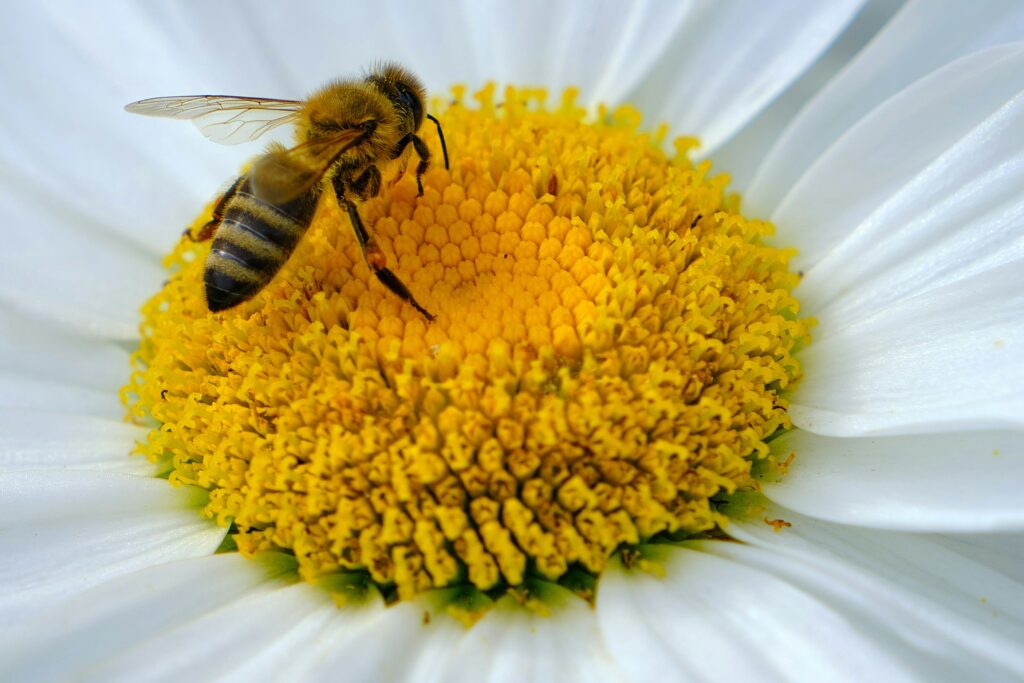
While the agricultural benefits of pollination—estimated at $235-577 billion annually in global crop production—receive the most attention, pollinators deliver substantial economic value through numerous additional pathways rarely included in traditional assessments. Natural ecosystems maintained by pollinators provide essential services including carbon sequestration, water filtration, soil health maintenance, and flood mitigation that would cost billions to replace with engineered solutions if these systems collapsed. The pharmaceutical industry depends heavily on plant-derived compounds for medication development, with approximately 25% of prescription drugs containing ingredients derived from flowering plants that rely on animal pollination. Tourism centered around seasonal wildflower displays, butterfly migrations, hummingbird watching, and other pollinator-dependent natural phenomena generates millions in revenue for communities worldwide. Even the production of ornamental plants for the horticulture industry—a multi-billion dollar global market—relies predominantly on animal pollinators for seed production and the development of new varieties through cross-pollination.
Conservation Strategies for All Pollinators
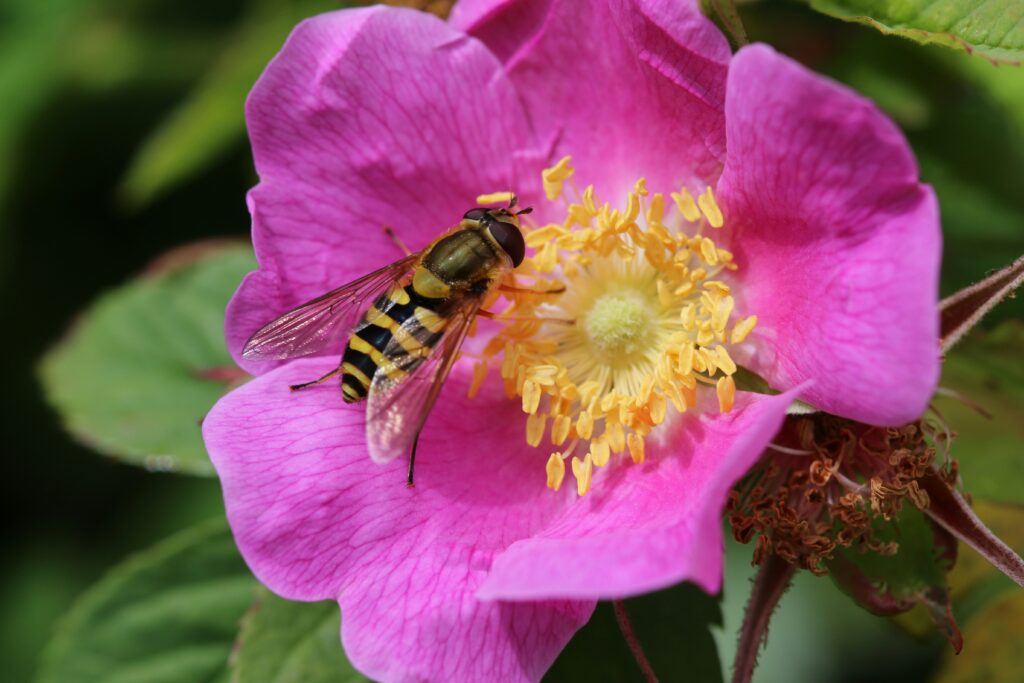
Effective pollinator conservation requires moving beyond honeybee-centric approaches to implement strategies that support the full spectrum of pollinating species across their diverse life cycles. Habitat protection and restoration represent the foundation of pollinator conservation, focusing on preserving interconnected landscapes that provide nesting sites, overwintering areas, and continuous floral resources throughout active seasons for different pollinator groups. Reducing pesticide use, particularly neonicotinoids and other systemic insecticides that can contaminate nectar and pollen, benefits all pollinator groups while transitioning toward integrated pest management approaches that minimize chemical interventions. Creating pollinator corridors in urban, suburban, and agricultural landscapes helps connect fragmented habitats, providing safe passage and refueling stations for migratory pollinators like monarchs and sustaining genetic connectivity among plant and pollinator populations. Climate adaptation strategies are increasingly important for pollinator conservation, including protecting climate refugia, assisting migration of plant-pollinator communities, and maintaining habitat heterogeneity that offers microclimate options as regional conditions change.
Community Science and Pollinator Conservation
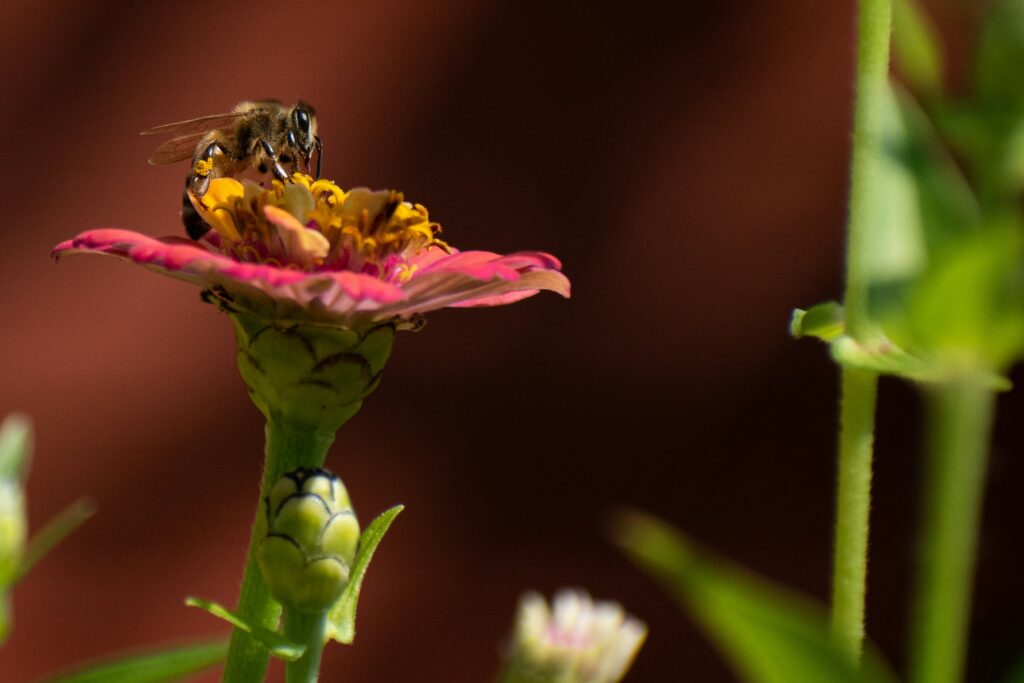
Community science projects have emerged as powerful tools for both gathering critical data on pollinator populations and engaging the public in conservation efforts. Programs like the Xerces Society’s Bumble Bee Watch, the North American Butterfly Association’s Butterfly Counts, and Journey North’s monarch migration tracking enable volunteers to contribute meaningful observations about pollinator occurrence, behavior, and population trends across vast geographic areas that scientists could never monitor alone. These collective monitoring efforts have led to significant discoveries, including documenting the range expansion of certain bumblebee species, tracking the spread of diseases affecting pollinators, and detecting population declines early enough for conservation interventions. Beyond data collection, participation in community science fosters environmental stewardship, with studies showing that participants become more likely to create pollinator habitat, reduce pesticide use, and advocate for pollinator-friendly policies in their communities. Technology has revolutionized community science for pollinators, with smartphone apps like iNaturalist allowing instant identification assistance and automated data submission that has democratized participation and dramatically increased data collection.
The Future of Pollination in a Changing World
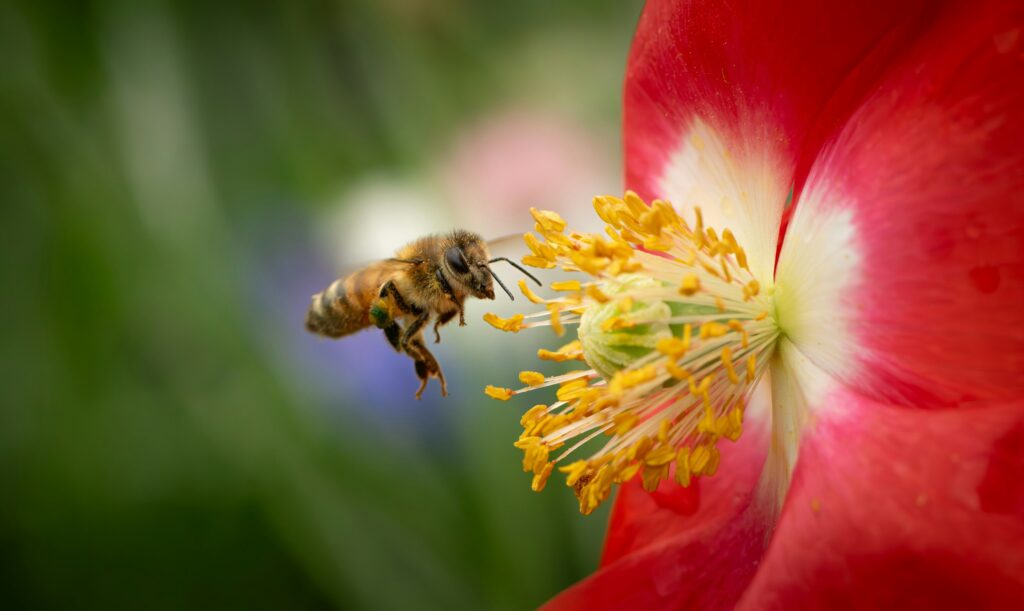
As environmental conditions continue to shift with climate change and habitat transformation, the dynamics of pollination will inevitably evolve, presenting both challenges and opportunities for ecological adaptation. Climate-driven mismatches in timing between flowering periods and pollinator activity seasons represent one of the most significant threats, particularly for specialized relationships where a plant depends on a specific pollinator that may respond differently to temperature cues. Range shifts are already occurring, with some pollinator species moving poleward or to higher elevations as their historical ranges become unsuitable, potentially leaving behind plant partners unable to migrate as quickly. Novel interactions are developing as pollinators encounter new plant species due to range shifts or introduced species, sometimes creating beneficial relationships but often with unpredictable ecological consequences. Technology may play an increasing role in pollination management, from mechanical pollination devices already used in some specialty crops to sophisticated habitat monitoring systems that help conservationists target interventions where and when they will have the greatest impact on sustaining pollinator communities.
Conclusion
The world of pollination extends far beyond the familiar honeybee, encompassing a remarkable diversity of creatures that collectively maintain the reproductive cycles of flowering plants across every terrestrial ecosystem. From the smallest solitary bees to fruit bats spreading pollen across tropical canopies, each pollinator plays a unique and irreplaceable role in ecosystem function. The intricate relationships between plants and their pollinators represent millions of years of coevolution—delicate ecological dances that sustain biodiversity, ensure food production, and maintain environmental health. As we face accelerating biodiversity loss and climate change, protecting the full spectrum of pollinating animals becomes not just an environmental imperative but a form of self-preservation. By understanding, appreciating, and protecting all pollinators—not just honeybees—we invest in the resilience and productivity of both natural ecosystems and human food systems for generations to come.

